
Outside diesel tank ECN Electrical Forums
Diesel fuel is considered combustible, not flammable. Therefore, a diesel dispensing area is unclassified, and associated electrical equipment and wiring need not comply with the requirements of Chapter 5. But it's common to wire diesel fuel dispensers adjacent to gasoline dispensers.

NFPA 58 Requirements for Dispensers Ray Murray
NFPA 58 Requirements for Dispensers 2001 edition 3.9.2.2 Vehicle fuel dispensers and dispensing stations shall be located away from pits in location not less than 20ft or more than 100ft from the dispensing device (s) to shut off the power in the event of a fire, accident, or other emergency. The marking for the

Providing Compliant Disconnects for Fueling Dispensers
Providing Compliant Disconnects for Fueling Dispensers shock when a service person works on a fuel dispenser or other equipment. According to Article , A single contactor connected before the dispenser equipment panel may remove AC power from the dispensing equipment but it does not meet the requirements of disconnecting the

Fuel dispenser Wikipedia
A fuel dispenser being used at a Filling station in Wisconsin. [1] A fuel dispenser is a machine at a filling station that is used to pump gasoline , petrol, diesel , CNG , CGH2 , HCNG , LPG , LH2 , ethanol fuel , biofuels like biodiesel , kerosene , or other types of fuel into vehicles.

Fuel handling and storage. Occupational
Liquid fuel dispensing devices shall be provided with an easily accessible and clearly identified shut off device, such as a switch or circuit breaker, to shut off the power in an emergency. (a)(9)

Preventing Fires at the Gas Pump Electrical Construction
Diesel fuel is considered combustible, not flammable. Therefore, a diesel dispensing area is unclassified, and associated electrical equipment and wiring need not comply with the requirements of Chapter 5. But it's common to wire diesel fuel dispensers adjacent to gasoline dispensers.

Diesel Dispensing Unit Electrician Talk Professional
Diesel is up near 130F and most locations go with the NEC's position that a diesel pump/dispenser is a non classified area (again assuming no gas classified areas surround the diesel pump. As far as not knowing if someone in the future is going to use gasoline in the system, if we were to wire to "what ifs" we would have a whole lot of over

FedCenter Fuel Dispensing
The fuel dispensed from this pump meets the requirements of the Clean Air Act as part of a program to reduce CO pollution from motor vehicles. Diesel fuel for use in motor vehicles must: have a sulfur percentage, by weight, no greater than percent have a cetane index of at least 40 or a maximum aromatic content of 35 volume percent

Fuel Dispensers Diesel Flow Meter
Fuel dispensers are utilized to pump fluid fuels, for example, gas, diesel fuel, oil, or lamp fuel into a vehicle, air ship, stockpiling tank, or convenient compartment. Vaporous fuel dispensers may refuel hydrogen or syngas controlled vehicles or hardware, or essentially be utilized to move gasses starting with one area then onto the next.

Safety Requirements at Motor Fuel Dispensing
Safety Requirements at Motor Fuel Dispensing; This is required since flow of fuel can be stopped by dispensers used in self serve motor fuel dispensing facilities, and the nozzle can be returned to the dispenser in the latched open position. • All electrical power to the dispensing devices, to the pump serving the dispensingdevices and to

Article 514 Motor Fuel Dispensing Facilities
Diesel fuel is a “combustible” liquid, not a flammable liquid. Therefore, a diesel dispensing area is nonclassified and electrical equipment and wiring is not required to comply with the stringent requirements of Chapter 5. But, it is common to wire diesel fuel dispensers adjacent to gasoline dispensers.

Diesel fuel dispensers as they relate to hazardous
The flash point of diesel fuel is 100°F or above; thus, the area involving diesel fuel is typically not a classified location. But if the conduit for the diesel dispenser passes through the Class I area around the gasoline dispenser, then the installation must comply with the sealing and wiring method requirements of Art. 501 ( Figure ).

Fueling Operations & Static Electricity
exempt bonding requirements. The code does require bonding and grounding as discussed above, however, when diesel fuel is pumped into a container that has previously held a higher grade product. Static electricity is "an accumulation of electric charge on an insulated body." Don't set it free to disperse

Above Ground Petroleum Storage Tank Manual & NC Fire
gal, outside a building, except for fuel oil used in connection with oil burning equipment. The storage or use of flammable liquids in the fuel tank of a motor vehicle, motorboat, aircraft, mobile power plant or heating equipment are excluded from permitting requirements. No person shall engage in

Electrical Safety for Motor Fuel Dispensing Facilities
Meeting the NEC disconnect requirements at motor fuel dispensing facilities provides necessary safety for personnel and station equipment during maintenance and service activities. The current requirements in NEC and emphasize that the system low voltage circuits are included and must be disconnected as well.

Electrical, Requirements Regarding Fuel Storage
Electrical, Requirements Regarding Fuel Storage Regulatory Citation OSHA 29 CFR (b) Hazardous (classified) locations What It Is Standard addresses requirements for electric equipment and wiring in locations that are classified depending on the properties of the

NFPA 30A: Code for Motor Fuel Dispensing Facilities and
Code for Motor Fuel Dispensing Facilities and Repair Garages This code helps mitigate fire and explosion dangers by providing safeguards for dispensing liquid and gaseous motor fuels into the fuel tanks of automotive vehicles and marine craft.

Diesel Fuel Container Regulations Legal Beagle
Diesel fuel container regulations are put in place by various government agencies to protect the public from a highly flammable liquid. Using the right type and color container as well as transporting diesel properly will help prevent accidents and costly citations.

GUIDELINES FOR INSTALLATION OF TEMPORARY AND
GUIDELINES FOR INSTALLATION OF TEMPORARY AND PERMANENT ABOVEGROUND DIESEL FUEL TANKS FOR EMERGENCY AND STANDBY POWER SYSTEMS LOCATED OUTSIDE OF BUILDINGS For Use by Unidocs Member Agencies or where approved by your Local Jurisdiction Authority cited: California Fire Code, Hazardous Materials Storage Ordinance I. General Information

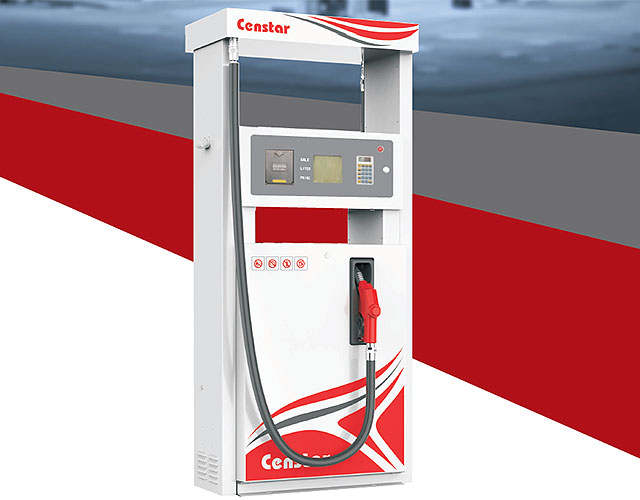
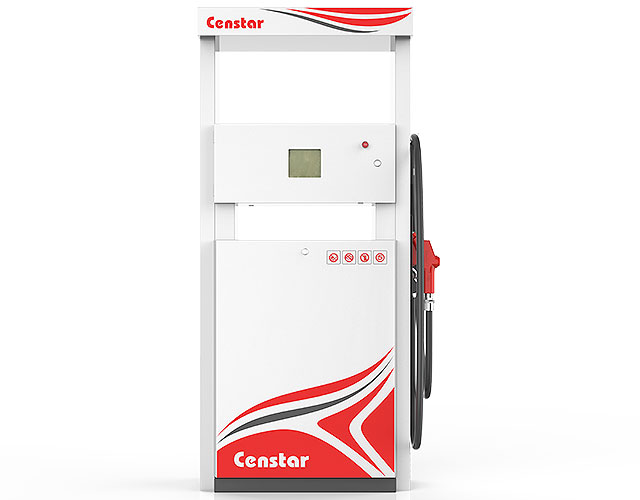
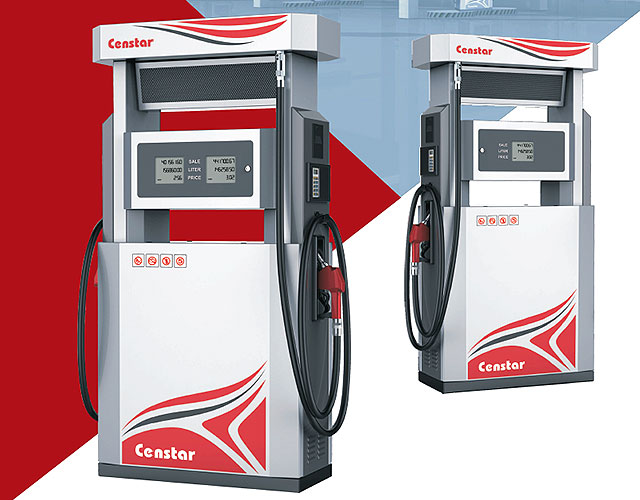
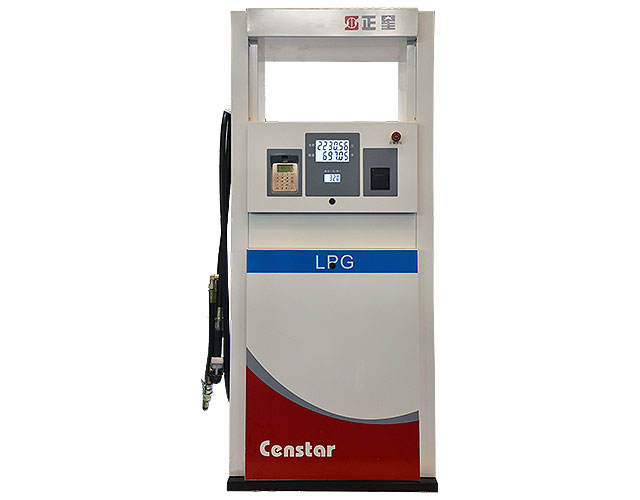
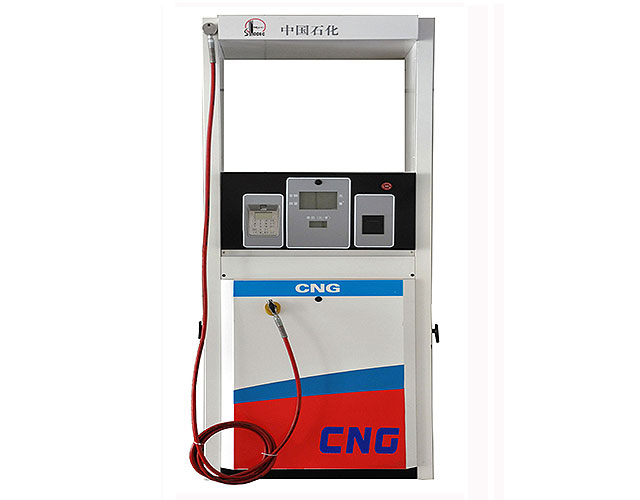
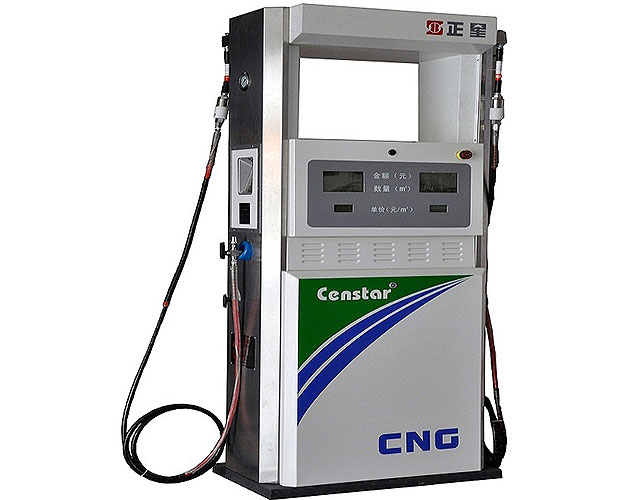
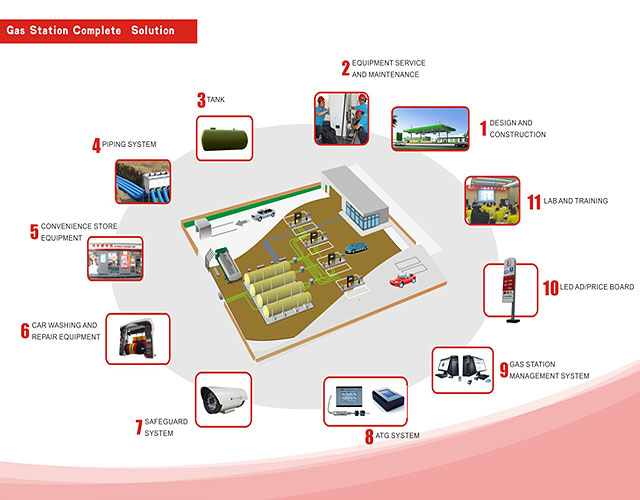
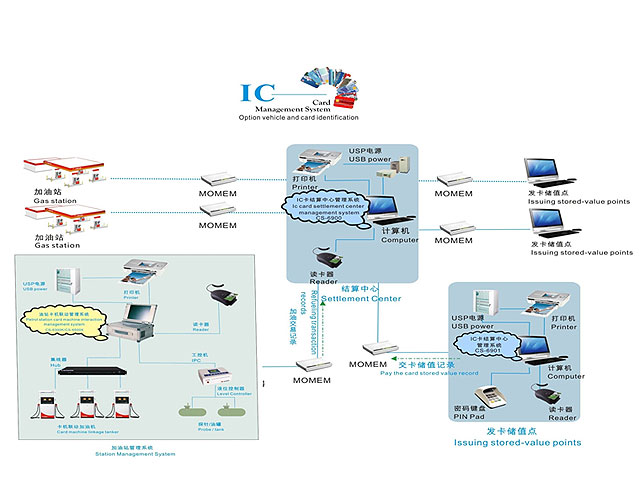
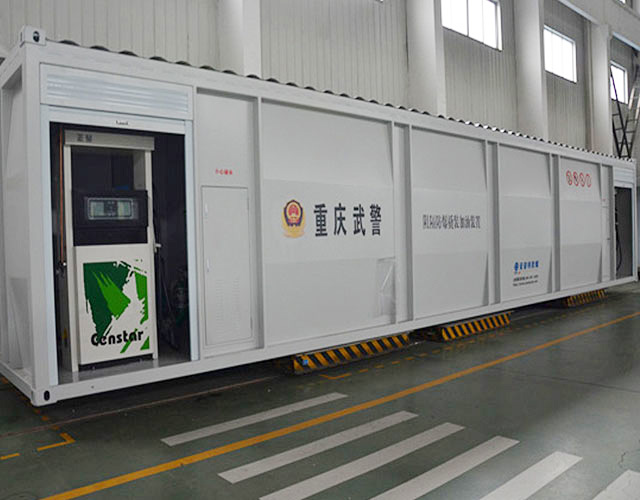
 Message
Message tel
tel Inquiry
Inquiry